Content by Connie Strunk
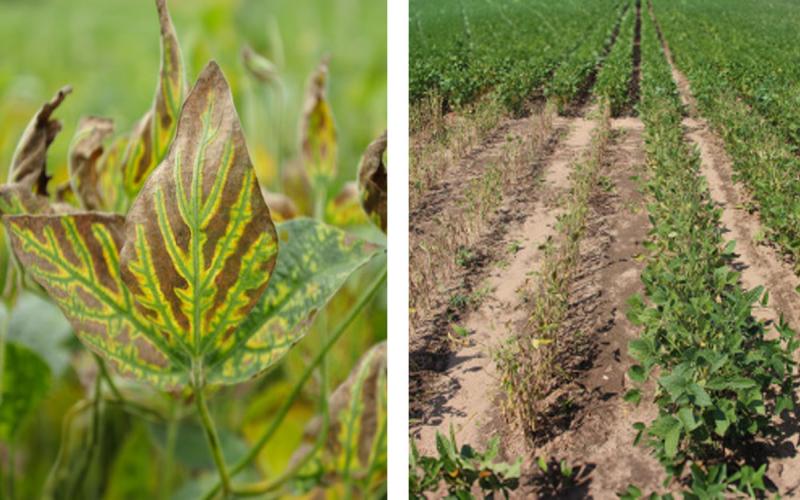
Are You at Risk for Sudden Death Syndrome in Soybean?
The present weather conditions of heavy rainfall and cool temperatures provide a favorable environment for sudden death syndrome in soybeans. Learn some expert tips for identifying and managing it this growing season.

Stripe Rust Confirmed
Stripe rust has been found in winter wheat in Brookings County during recent scouting. The presence of stripe rust at this time indicates that there is potential inoculum source for this rust in our area.

Look Out For Early Season Wheat Diseases
Conditions have been favorable for disease development in South Dakota winter wheat fields, especially for Septoria. It’s important to scout fields to determine what diseases are present before deciding to apply a fungicide early in the season.

South Dakota Pest Management Guides
The South Dakota Pest Management guides are now available for free. The guides offer recommendations for controlling weeds, insects, and diseases in a variety of South Dakota crops.
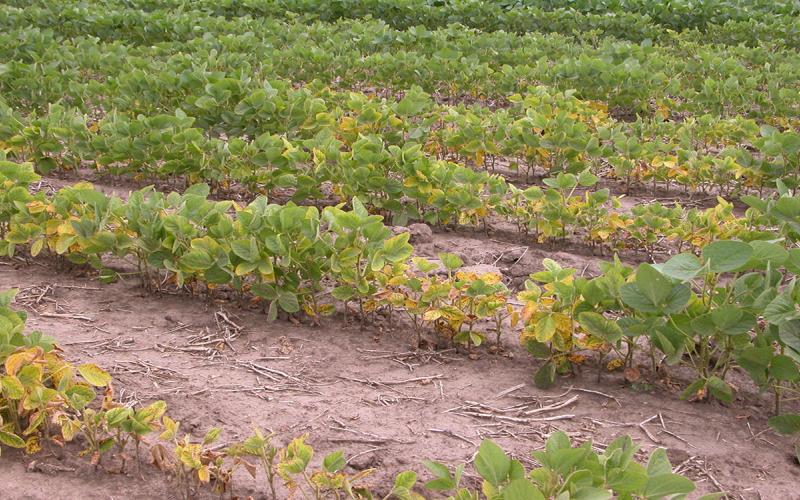
Know Soybean Cyst Nematode, Numbers Matter!
Have you noticed parts of your soybean field turning yellow earlier than expected? Are some of the plants stunted or showcasing a roller coaster appearance? Soybean cyst nematode may be to blame.
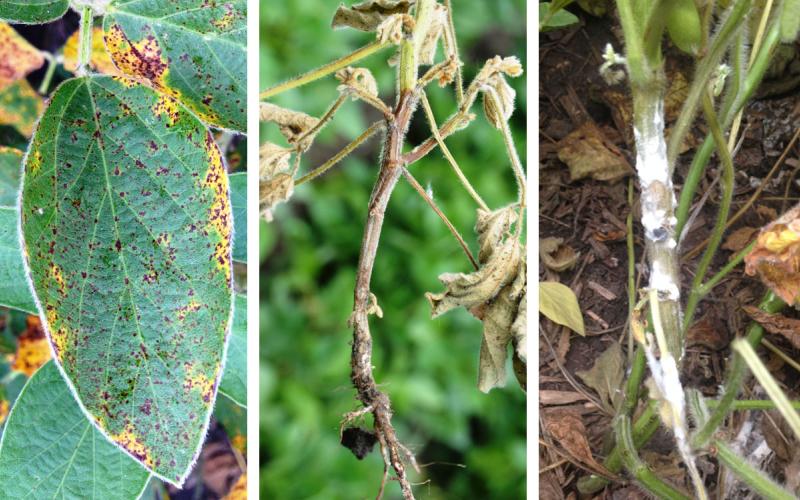
Mid-to-Late Soybean Disease Management
Even though it has been hot and humid this summer, some soybeans around the state have seen ideal conditions for mid-to-late season disease development. Learn some common diseases to scout for.

Wheat Streak Mosaic Virus Management Before Planting
Wheat streak mosaic virus is one of the important diseases in winter wheat and can lead to severe yield losses. Learn how it can be effectively mitigated by using proactive management in your fields.
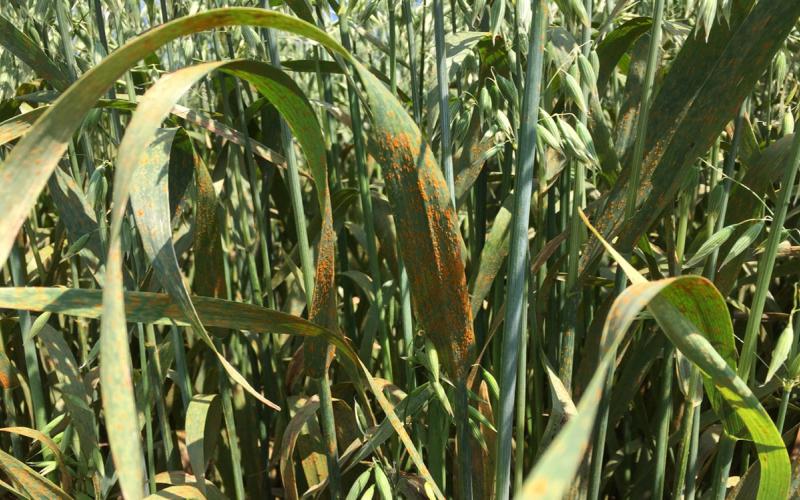
Crown Rust of Oats
Crown rust continues to be the most economically damaging and important fungal diseases of oats in South Dakota. Learn how to recognize and manage it in oat fields this growing season.

Are Fungicides Needed on Crops Damaged by Wind, Sand Blasting or Hail?
When extreme weather brings hail and sand blasting to fields, many growers wonder if a fungicide application is needed afterwards to protect wounded plants from bacterial diseases.
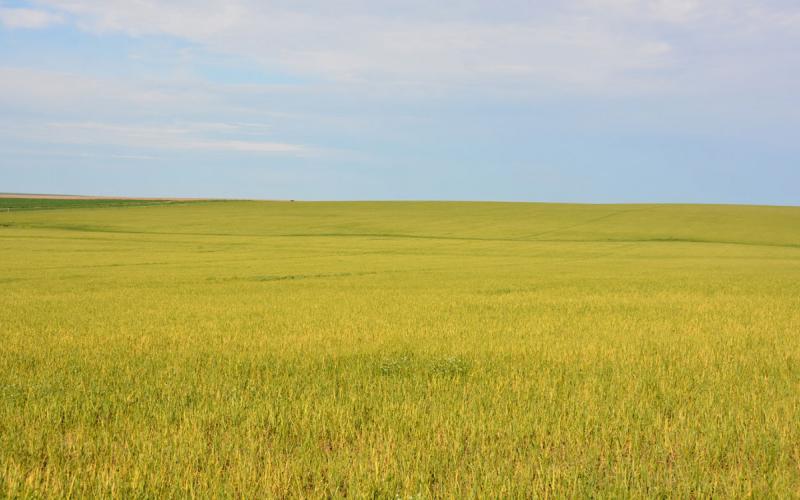
Wheat Streak Mosaic of Wheat
Fact sheet about symptoms, disease cycle, risk factors and management of Wheat streak mosaic disease